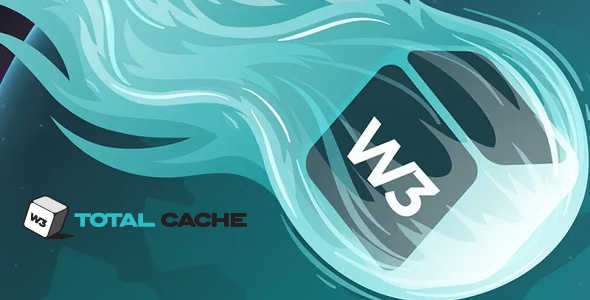W3 Total Cache Pro empowers your website with a comprehensive suite of caching options to accelerate page load times, reduce server load, and deliver an exceptional user experience. By leveraging various caching techniques, you can unlock the full potential of your WordPress site.
W3 Total Cache Pro Features
- Page Caching
When enabled visitors experience lightning-fast page load times, resulting in improved user engagement. - Database Caching
By storing frequently accessed database results in memory, subsequent requests for the same data can be served more efficiently. - Fragment Caching
By caching only the necessary dynamic elements, you strike a balance between dynamic content and improved performance. - Object Caching
By caching objects, you can enhance the performance of complex plugins and themes, resulting in a smoother and more efficient user experience. - REST API Caching
By caching the API responses, subsequent requests for the same data can be served from the cache, minimizing the load on your server. - Browser Caching
By caching assets locally, subsequent site visits have reduced download times as the browser fetches static files from the cache. - Delay Scripts
Delay the loading of non-essential javascript files. - Full Site Delivery
Cache and deliver entire HTML documents from a CDN. - Lazy Load Google Maps
Defer the loading of map resources until they are needed. - Eliminate render-blocking CSS
Transfer render-blocking CSS to the HTTP body to eliminate additional HTTP calls. - Remove CSS/JS
Eliminate unused CSS/JS anywhere on the site to improve Google PageSpeed scores. - Purge Cache Logs
Save server resources from rebuilding cache by knowing exactly what is purging cache. - WebP Image Conversions
Convert images to WebP for smaller file sizes. - Statistics
Fine-tune performance further by analyzing your cache hit rates. - REST API Caching
Enable server-side caching for REST API responses. - Lazy Loading Images
Lazy loading defers the images and google maps from loading until they become visible in the viewport. - HTTP Compression
Whether Brotli, Gzip, Deflate, etc., any compression standard is supported to reduce the file sizes as much as possible to improve end-user experience. - WebP Image Conversion
Take advantage of the latest image compression technology without doing anything differently. - Minifying
Making HTML, RSS, CSS, JavaScript, and Image Attachments as small as possible means the fastest loading time for your website visitors. - Social Media Widgets
JavaScript files for social media widgets, such as buttons and share icons, can be delayed to ensure the main content loads first. - Non-Essential Plugins
Certain plugins may load JavaScript files for features that are not immediately necessary, such as chat widgets or pop-ups. - Analytics Scripts
Delaying scripts related to analytics services like Google Analytics or Facebook Pixel can prioritize content loading before tracking user data. - Custom Scripts
Any custom JavaScript code on your website that isn’t essential for the initial user interaction can also be delayed. - Prefetch DNS Requests
DNS prefetching is a technique that resolves domain names (like example.com) into IP addresses before the user clicks a link, speeding up the process of loading a page. - Preconnecting
Preconnecting establishes a connection to a server before a resource is needed, reducing latency when the resource is actually requested. - Preload Cache
Preloading instructs the browser to fetch and cache a resource (like an image or script) in the background, so it’s readily available when needed.
